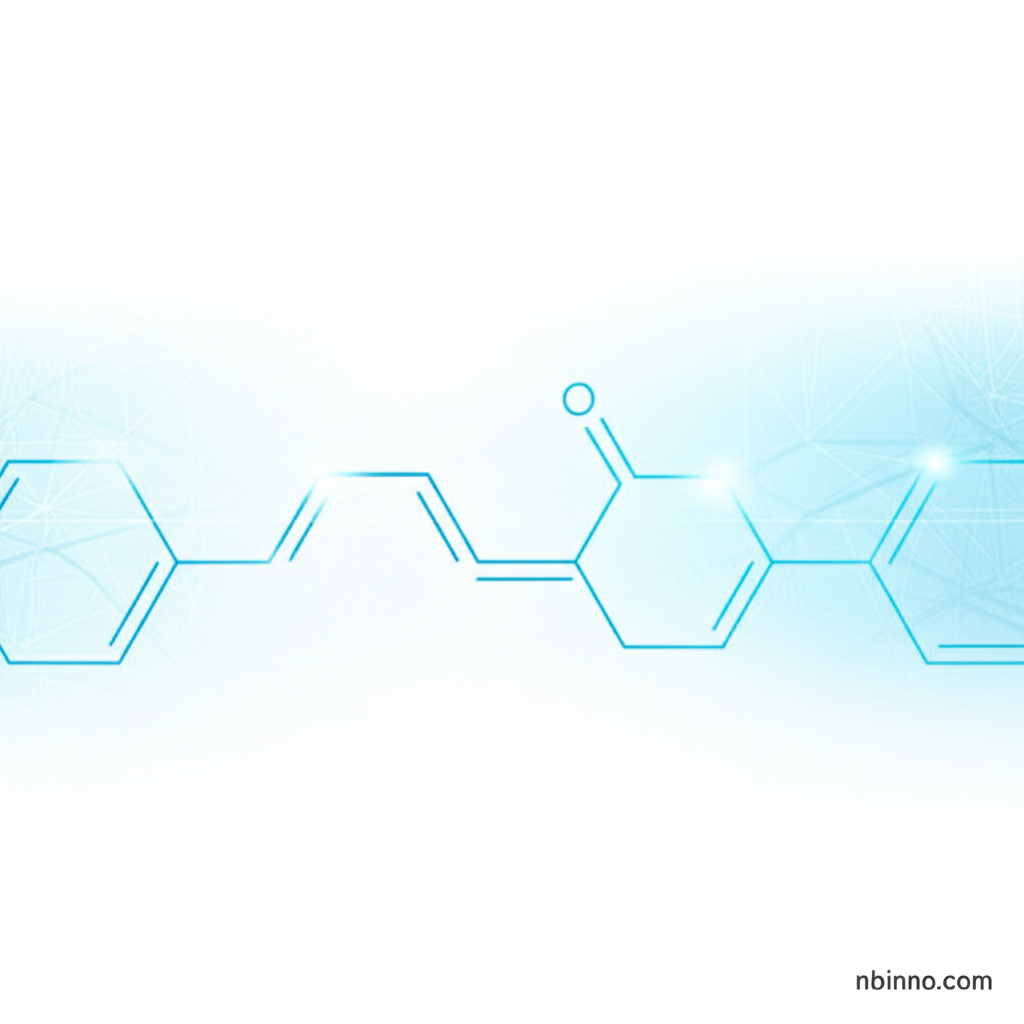4-Phenyl-1,3-dioxolan-2-one (CAS 4427-92-3): Properties, Applications, and Synthesis
Explore the chemical intricacies of 4-phenyl-1,3-dioxolan-2-one, a key compound in organic synthesis.
Get a Quote & SampleProduct Core Value

4-phenyl-1,3-dioxolan-2-one
This article focuses on the chemical compound 4-phenyl-1,3-dioxolan-2-one (CAS 4427-92-3), detailing its key characteristics and potential uses in various scientific fields. It serves as a valuable resource for understanding this organic synthesis intermediate.
- Discover the synthesis of 4-phenyl-1,3-dioxolan-2-one, a crucial step in creating complex organic molecules.
- Explore the diverse 4-phenyl-1,3-dioxolan-2-one properties, essential for selecting the right chemicals for your research.
- Learn about CAS 4427-92-3 as a significant chemical intermediate in advanced organic chemistry applications.
- Understand the role of 4-phenyl-1,3-dioxolan-2-one in cyclic carbonate chemistry, a field ripe with innovation.
Advantages of Using This Compound
Synthesis Versatility
Leverage the unique structure of this compound for versatile organic synthesis, enabling the creation of novel chemical entities.
Research Applications
Its established CAS number 4427-92-3 ensures reliable sourcing for critical pharmaceutical intermediate research and development projects.
Chemical Reactivity
Understand its reactivity, particularly its shown interaction with halides, for tailored chemical processes and the development of new compounds.
Key Applications
Organic Synthesis
Utilize 4-phenyl-1,3-dioxolan-2-one as a building block in complex organic synthesis pathways.
Pharmaceutical Research
Its role as a pharmaceutical intermediate makes it vital for developing new drug candidates and therapies.
Material Science
Investigate its potential in material science due to its unique cyclic carbonate structure and reactivity profile.
Chemical Development
Employ this compound in the development of new chemical processes and products, leveraging its specific chemical intermediate properties.
